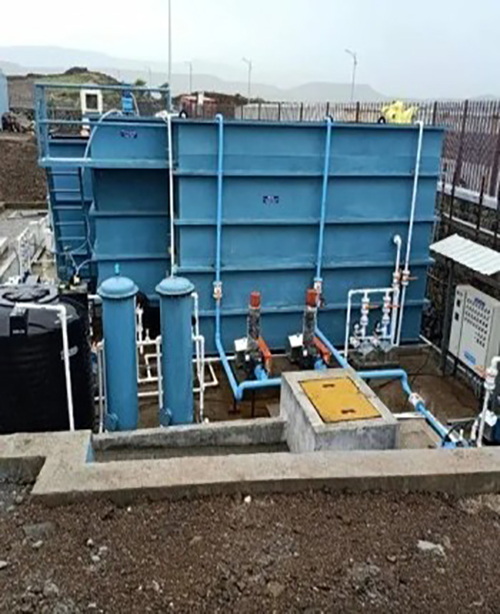
Moving Bed Biofilm Reactor (MBBR)
We have 10+ years of experience with providing wide area of specialty services works listed below
Hydroflux Engineering Pvt Ltd, based in Delhi, India, is a renowned manufacturer specializing in Environmental Treatment Plants (ETP), Sewage Treatment Plants (STP), Demineralization (DM), and Reverse Osmosis (RO) Plants. With a global presence and a commitment to innovation, Hydroflux Engineering offers end-to-end solutions for water and wastewater management.
MBBR systems play a vital role in modern wastewater treatment facilities due to their efficiency and versatility. By harnessing the power of biofilm growth on suspended carriers, MBBR technology offers several advantages over conventional treatment methods
The unique design of MBBR systems allows for the cultivation of a robust biofilm layer, which accelerates the breakdown of organic matter and contaminants in wastewater. This results in higher treatment efficiency and improved water quality.
Hydroflux Engineering offers customizable MBBR solutions to accommodate various wastewater compositions, flow rates, and treatment objectives. Whether for industrial or municipal applications, their MBBR systems can be tailored to suit specific project requirements.


















